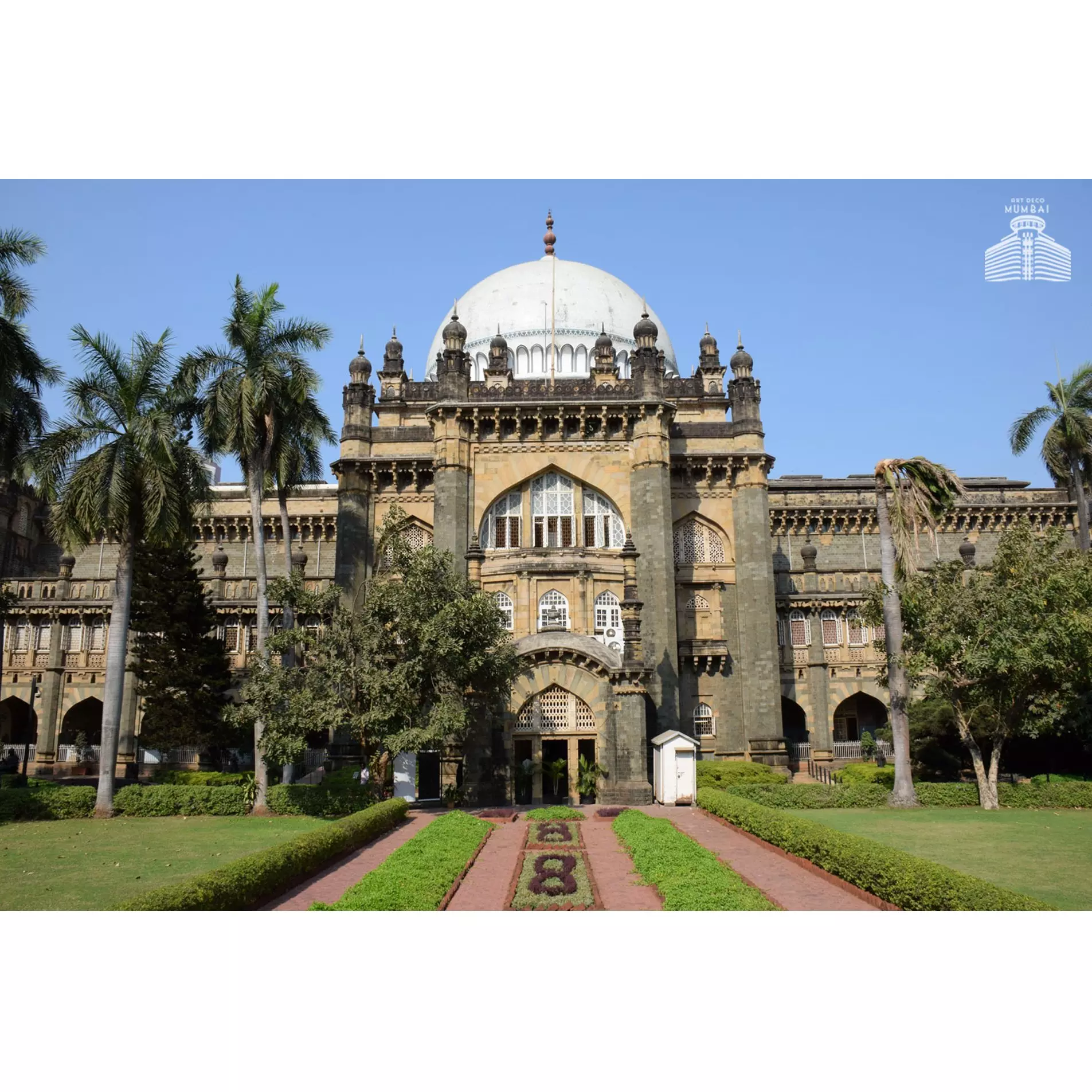Farrukh Dhondy | Of gaps in history; and a remarkable absence of graffiti in India’s big cities

“An ‘Aunty’ who lived in Mumbai
Cultivated a romantic sigh
Thinking to seduce
Young men on the loose
Who rejected her, saying “nice try”!
But this ‘Aunty’ recovered apace
Like the tortoise and hare in the race
Her romantic sighs
Appealed to mature guys
Who offered her all shades of embrace.”
From The Diary of Rosemary Marlowe, by Bachchoo
On my recent sojourn of several Indian cities -- Mumbai, Bengaluru, Goa, Delhi and the city of eternal selfies, Agra, I noted, a couple of categorical absences -- pause and cause for thought.
The first notable absence in all these cities is that of graffiti on vacant spaces.
None. Yes, there were commissioned pictures on the city walls, some possibly attempting to give pictorial expression to the supposed soul of the city, others historically or simply decoratively striking.
Try London, Berlin or any Western city where every inch of available space, even the sides of bridges which one would imagine were impossible to access, plastered with names, abuse, crude slogans, undecipherable (to me and other non-members of some fraternity) codes and messages. They are all assertive in one sense or the other.
It was Norman Mailer who first wrote a paean to graffiti in the magazine Esquire, calling it a tide of urban art.
Mailer calls himself the Aesthetic Investigator (A-I) and his second paragraph reads thus:
“A-I is talking to CAY 161. That is the famous CAY from 161 Street, there at the beginning with TAKI 183 and JUNIOR 161, as famous in the world of wall and subway graffiti as Giotto may have been when his name first circulated through the circuits of those workshops which led through Masaccio to Piera Della Francesca to Botticelli, Michelangelo, Leonardo and Raphael. Whew! In such company CAY loses all name although he will not necessarily see it that way…”
“Whew!” indeed.
I recall that I read Mailer’s ramblings in 1974 but at the time didn’t consider sending that paragraph and, in the same vein, the rest of the article to the satirical British fortnightly Private Eye which runs a column called “Pseuds’ Corner” and solicits pretentious quotes from readers who may have come across and noted them. At the time, in my short and happy innocence. I regarded Mailer as one of my literary heroes and publicly labelling it “pseudery” would have been the deepest sacrilege. But... one grows up?
It is of course said that CAY and perhaps all the others who put their imprimatur on walls, on gravestones, on railway carriages parked in the sidings of railroad territory, on the sides of elevated highways and the girders of rail and road bridges, do so to mark out gang territory. It’s the sort of thing dogs do on lampposts to claim them.
I must admit, gentle reader, that I have always been intrigued as to how and when graffiti of this sort -- or any non-commissioned sort -- is done. It’s obvious that it’s done at night when the streets and railway sidings and bridges are quiet and deserted. But how and even why do the grafitos (is that the proper word? Though I have heard them (called “taggers”) brave heights and detection to do it?
Yes, they mark their territory and some of them declare their affections and most of them do it in an internationally uniform black font. How did this almost mandatory graffiti font spread from one continent to the other?
Despite Mailer’s pretentiousness, very little graffiti now appeals as art, though some of the black lettering does give way, in appreciable instances, to illustrative art.
In the case of the secretive Banksy, one can even see its distinctiveness and emotional appeal -- a girl flies a balloon as a symbol of hope or aspiration perhaps?
So, why then is there no amateur graffiti in Indian cities? There certainly are nasty gangs of youth and of the not-so-young but they don’t seem compelled to mark out their territory. Perhaps the profits from selling Ganja, or even doctored cocaine, which has been smuggled into the country in condoms shoved up the smugglers’ backside, hasn’t caused the sort of territorial gang-murder that one sees in London, Manchester or New York.
Or perhaps the Indian youth regard going out at night and expending the effort on painting graffiti to assert that they were there as unpaid hard work?
The professional, commissioned artist graffitos don’t do any writing. Even the notices that I used to see in my youth no longer exist. I recall the most prominent in Pune and Chennai (then Poona and Madras) were signs saying COMMIT NO NUISANCE, which didn’t mean don’t play drums on this spot or paint “Harish loves Ramaswamy” on these walls, but it clearly meant “do not urinate” here.
The other absence I noted and take seriously concerns two of the museums that I visited. In the Mumbai Chhatrapati Shivaji Museum’s miniature paintings gallery, there were perhaps just one or two of the dominant miniature style of the Mughal period, originals of which dominated the galleries in the past and reproductions of which could be seen in all history books. A gap in history is a gap in national identity?
Some erasures, such as renaming The Mall, as the Raj named it, as Mahatma Gandhi Road appear to be just. But pretending that the Brits or the Mughals were never there doesn’t.
